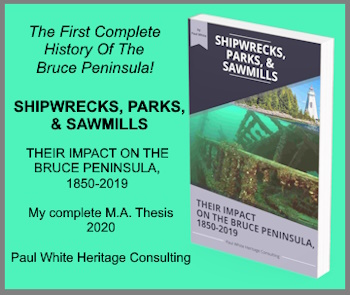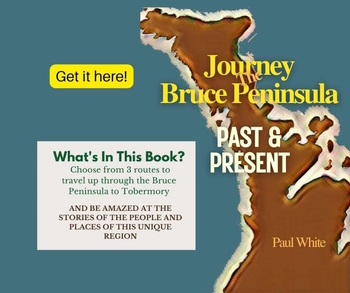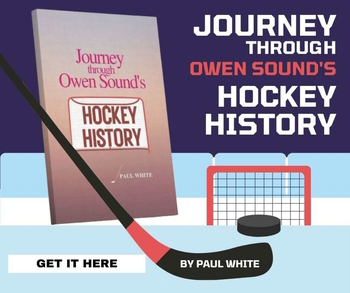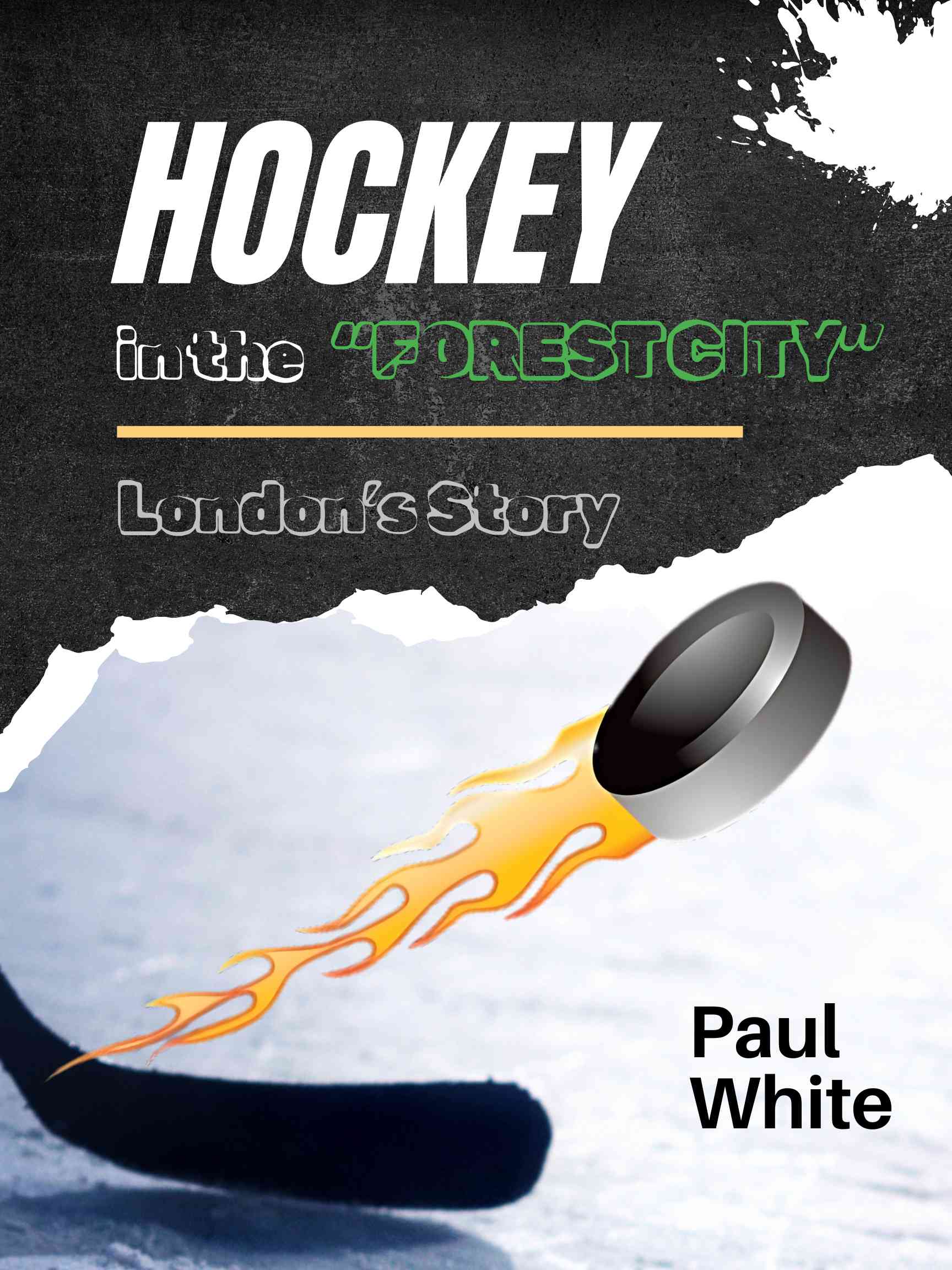Maple Syrup: A Pioneer Necessity
Maple Syrup: A pioneer necessity and a trading commodity for indigenous peoples is now a Sunday morning breakfast treat with pancakes!
It's that time of year. The nights are cold and clear. The sky shines brightly under a canopy of stars. During the day, the sun gleams on the snow-covered fields and forests creating a glare upon the eyes befitting the sunniest July afternoon.
Its Maple Syrup Time!
The trees, barren of their summer foliage, stand in the snow linked to one another by seemingly endless lengths of coloured tubing offering up the sweet sign of the onset of spring and warmer weather. Its maple syrup time!
Today, we enjoy maple syrup as a treat on our Sunday morning pancakes.
It is not a necessity to our existence — it's a treat we all enjoy.
However, to the early inhabitants of this region, maple syrup was a necessity of life as important to the diet as fish, wild game, and the other staples of existence.
Before European settlement occurred in North America, the indigenous people were harvesting maple sugar.
It was the women who had the responsibility of reaping the crop of maple sap each year. They would form work parties and move into the forests and set up camp. Each member of. the group had their own specific task to perform. Some prepared the troughs that would hold the sap, others gathered firewood for the fires that would be necessary to process the syrup, and another group tapped the trees.
The whole project was directed by one person, usually an older woman, who worked her way through the various tasks learning the entire process. Once the sap had been collected, it was heated, stirred, and once it cooled and settled, it was cut and stored in birch baskets called "mococks" or "mokuks". Each season, one of these work parties would harvest as much as 300 pounds of maple sugar.
Maple Syrup Festivals
Today, maple sugar festivals were popular attractions. People travelled far and wide to participate, riding horse-drawn sleighs through the forests, watching the sap become syrup and enjoying sticky maple taffy. But most of all, visitors to these maple sugar festivals came for the pancakes and syrup.
The native peoples also enjoyed festivities surrounding the running of the maple sap; When the work party returned from the forests with their bounty, they took on a carnival atmosphere.
The early explorers and fur traders were the first Europeans to discover the attributes of maple sugar. It quickly became a popular and important part of their diet. In fact, Alexander Henry, an early British trader, wrote that "each man consumed a pound a day, desired no other food, and was visibly nourished by it".
The European settlement of North America created a new demand for maple sugar.
It was expensive to import all the sugar necessary to meet the needs of the new communities and the natives found yet another of their resources a hot commodity amongst their new neighbours. Instead of harvesting only enough maple sugar for their own needs, many native communities began exporting maple sugar to the towns and villages.
One early Bruce county resident recalled the arrival each spring of natives from Manitoulin Island with their mackinaws laden with mococks. Each mocock contained 20 to 30 pounds of sugar which were sent to Montreal where it was refined into commercial brown sugar.
Maple sugar provided the sweet trimmings for many pioneer tables. However, another use was developed for this sweet crop. Some enterprising and innovative pioneers, or natives, discovered that by adding the essence of spruce or ginger, one could make maple sugar beer!
Today, we do not rely upon maple sugar to meet the daily needs of sugar in our homes. Instead, it is a luxury, we enjoy on our pancakes on Sunday mornings.
But maple syrup season also has another important aspect. It means that spring and warmer weather is right around the corner!
A version of this article originally appeared in my Local History column in the Owen Sound Sun Times on February 26, 1999.
History Pages
Baseball History in Southwestern Ontario is rich, and surprisingly longer than one might expect, actually setting historical precedents!
Census Takers in 1891 Canada faced difficult obstacles to gather the necessary information but the results were revealing then, and today.
The Glorious Twelfth: A Tradition from Across the Pond which served to both unite and divide pioneer communities.
Maple Syrup: A Pioneer Necessity and a trading commodity for indigenous peoples is now a Sunday morning breakfast treat with pancakes!
Paris Ontario: Who Knew this community had such a unique origin and how the local citizens used that history to protect the environment of their region?
Pioneer Christmas: A Family Tradition as told to me by may grandparents who experienced Christmas as children in the 1880s and 1890s.
"Thank You to a Veteran" - should be something everyone of us should think, and especially say, every day!
From Lochnaw to Manitoulin - A Review this book details through a soldier's diary a trip from Penetanguishene to Manitoulin Island in 1839.
Baseball History in southwestern Ontario has very early beginnings and the dominance of Canadian teams in early competition may be surprising to many readers.
History Pages introduces the readers to interesting people, places, and events that I have researched and written about in my writing career that spans more than three decades.





